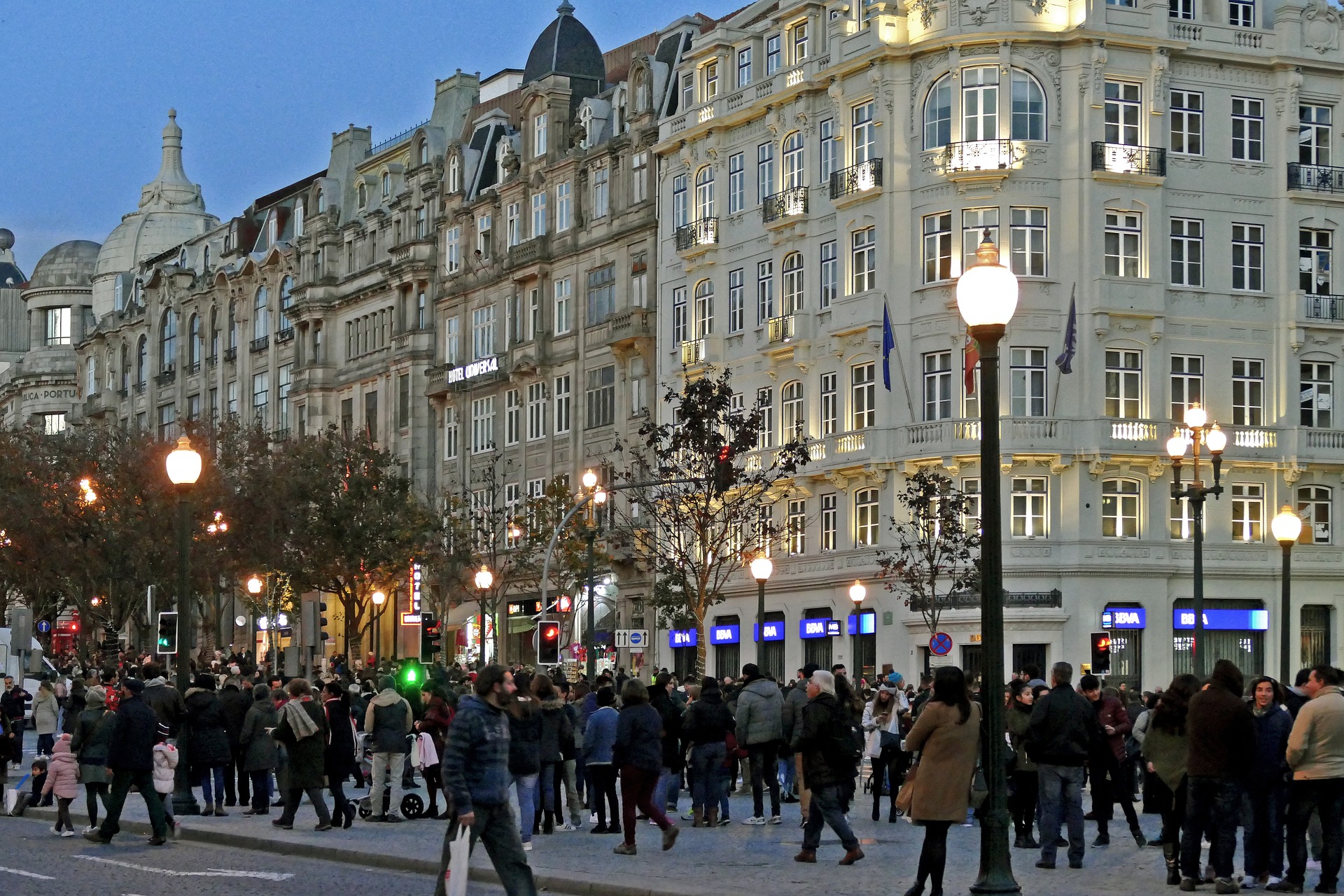La Française Real Estate Managers: Increased market polarisation in the European commercial real estate market

In a volatile financial environment, European and particularly French investment markets held up well with solid investment volumes.
However, this annual volume masks a perceptible slowdown in the market towards the end of the year. The tightening of monetary policy by central banks to curb runaway inflation came alongside a rise in interest rates which has pushed up real estate yields.
Faced with this new climate, investors have adopted a wait-and-see attitude and have been extremely selective in their positioning since the summer. However, the market has not experienced a significant generalised decompression of rates, but has instead experienced differentiated adjustments based on the quality of assets, their size, their rental occupation status and the type of asset in question.
In 2023, rental yields are expected to be the main impetus behind real estate performance. Growth in rental income will be driven by (i) rental indices, mostly correlated with inflation, (ii) market segments where demand exceeds supply, (iii) improvements in the environmental, social and governance (ESG) factors of assets to meet new uses or the latest regulatory standards.
Stakeholders who traditionally use leverage are likely to be particularly affected by the new financial climate, while equity-rich investors could take advantage of this scenario to seize fresh opportunities.
In 2023, a key objective for investors should be to develop a resilient portfolio as they continue to diversify their portfolios in favour of alternative assets (healthcare, managed residential properties) and regional markets which have a more defensive profile.
Investment volume down slightly year-on-year
In Europe, the volume of commercial real estate investment in 2022 totalled nearly €245 billion at the end of December 2022, led by the United Kingdom, Germany and France with €58 billion, €52 billion and €29 billion respectively. The investment volume is marginally down (-4%) year-on-year due to a particularly sluggish Q4.
In fact, investors adopted a distinct wait-and-see approach, due to the lack of convergence between sellers and buyers on prices and specifically for asset classes where yields were at their lowest.
As a consequence, the office and logistics segments showed a decrease in their respective investment volumes of -14% and -7% year-on-year. Diversification and retail assets posted increases of 23% and 2% respectively.
The fall in the overall volume of investment in Europe conceals contrasting trends on a country-by-country basis: the significant drop in Germany (-17%) and the United Kingdom (-5%) masks a slight increase in volume in France (+2%) and more marked increases in Belgium (+115%), Spain (+35%) and Ireland (+20%).
A diverse decompression in office yields
The upward trend in real estate yields accelerated in Europe in Q4, driven by further increases in rates and financing costs. Germany provides a good illustration of this, with the cost of financing good quality assets moving from less than 1.25% in January 2022 to more than 4% at the end of 2022, which represents its highest level since 2011.
The decompression of yields varies by market. Office yields in Germany show the largest decompression, over 100 basis points (bps) across a period of one year (Hamburg +140 bps; Berlin +105 bps; Frankfurt +105 bps; Munich +105 bps), while Dublin recorded an increase of 35 bps, London 50 bps and Paris 65 bps.
Robust investment demand
Office rental markets continue to experience robust demand. Most European markets are experiencing a two-tier market with (i) low vacancy exerting upward pressure on rents in central locations and (ii) over-supplied markets in the periphery where rents are falling.
Users are leaning towards quality assets, particularly in terms of energy criteria. They favour central locations that allow them to benefit from their new working arrangements, retain and attract their talent in a labour market that remains tense, while simultaneously improving their carbon footprint.
In total, 2022 saw take-up increase by 9%* year-on-year, reaching volumes above the ten-year average in markets such as Milan and Hamburg. However, some markets, such as Amsterdam, Brussels and Frankfurt, are witnessing a decline in demand.
New ways of working and the subsequent rationalisation of office premises are resulting in an increase in vacancy rates, particularly in secondary assets, with users renting less new space than they free up.
Market polarisation
2022 carried on the rising trend in building conversions with changes of use. In fact, the release of premises deemed obsolete for the latest generation of assets has increased the supply of second-hand office space.
Vacancy rates are increasing across all European markets, although the situation in each country varies a great deal. Germany continues to show a controlled or even low supply, while peripheral countries such as Spain, Ireland and Italy have average vacancy rates of over 10%.
The concentration of demand on the latest generation assets, meeting new uses and energy consumption standards, continues to prop up the rental income for prime assets. At the same time, rents for secondary assets are under downward pressure, although assets with excellent accessibility and competitively priced rents are showing some resilience.
User sustainability requirements are reflected in the levels of rent. Users now pay particular attention to energy costs and the concomitant increase in rental charges.
Sources: CBRE, Knight Frank, MBE, La Française REM Research
*demand in the 12 main European cities: Brussels, Lille, Lyon, Paris, Berlin, Frankfurt, Hamburg, Munich, Dublin, Milan, Amsterdam, Madrid









